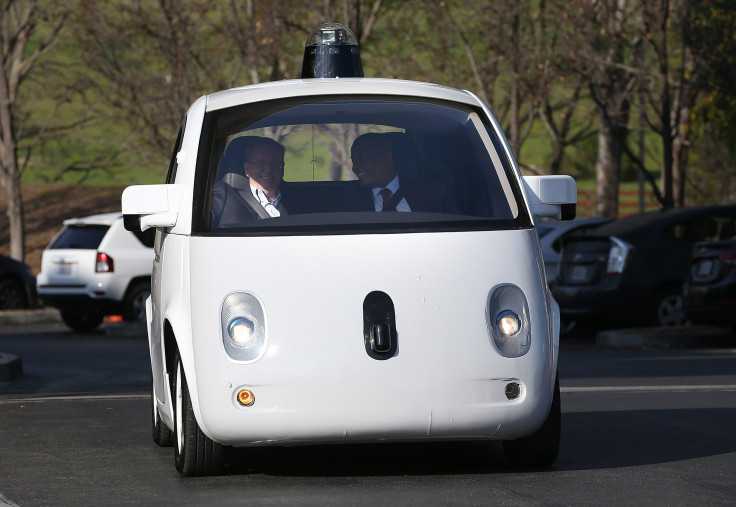Google Driverless Cars Head To Washington State For Bad Weather Trials

Neither California nor Texas is known for heavy rainfall, sleet or snow, so Google's self-driving cars rarely have been tested in extreme weather conditions. To combat this, the company is bringing its fleet of autonomous vehicles to Kirkland, near Seattle, to see if the vehicles can handle a rougher climate.
Google says the move to Washington state will allow it to test the pod-like vehicles in "new environments, traffic patterns and road conditions." With western Washington experiencing significant seasonal rainfall and snow at higher elevations, this will allow Google to test how well its technology handles different driving conditions.
Google's approach to driverless cars means it needs to map in detail the area around which its autonomous vehicles will be driving. To do this the company has already deployed its Lexus RX450h SUVs to map out the area its smaller vehicles will be driving.
Google has been testing its driverless cars near its Silicon Valley headquarters for six years and expanded its reach last year by bringing its cars to Austin, Texas. So far, Google says it has racked up 1.4 million miles of autonomous driving to date.
With everyone from Ford and Tesla and reportedly even Apple looking to get into the driverless car business, the U.S. Department of Transportation said last month it will waive some safety rules around autonomous vehicles in a bid to help speed up the development of the technology. Other governments around the world are making similar moves, with the U.K. openly stating its ambition to become the center for the development of driverless technology in coming years.
The U.S. National Highway Traffic Safety Administration told automakers it is willing to exempt as many as 2,500 vehicles industrywide from some auto safety standards for as long as two years in a move that could allow Google to get its self-driving cars on U.S. roads.
© Copyright IBTimes 2024. All rights reserved.












